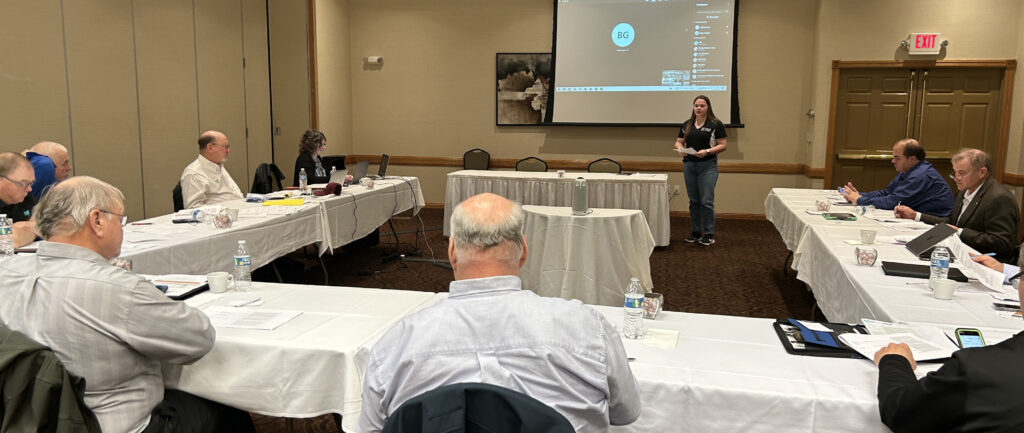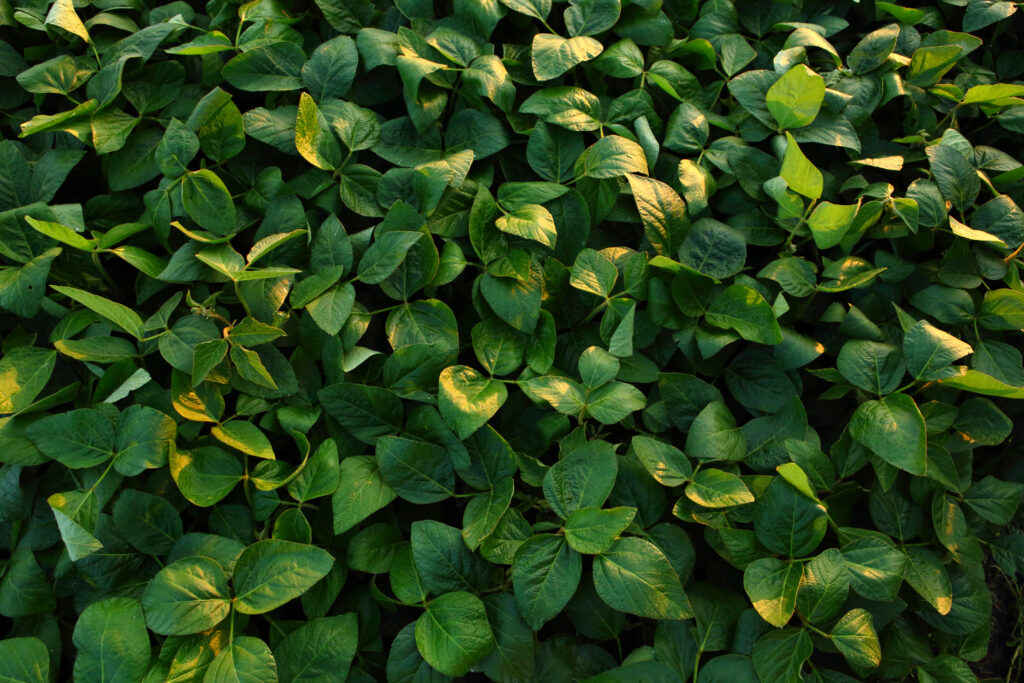I remember asking my niece back in 1978 (she was 4) “Where does milk come from?”

Her response was obviously, “From the jug.” Many farmers, when queried “where do plant nutrients come from?” will respond, “from fertilizer.” Both responses are equal, just a hair different.
The proper question becomes how does the producer get the crop the nutrient required for the desired yield goal? Like my niece with her desire to have milk in her glass, the crop needs the nutrient in the correct form in the soil solution next to the exterior cell wall of the root. If not, then the desired uptake, or intake, is not going to happen. A lot can happen between that situation and the fertilizer rig.
So where do crop nutrients come from? For soybean production, they come from the soil. The soil has several sources, or pools, (Figure 1) from which the nutrient in question can be moved into solution. Fertilizer nutrients, either conventional or organic, applied to the soil either ends up in solution (the goal) or in one of these pools.
As growers, we want them to behave in this manner. Like my niece, the plant needs a steady supply of nutrients through its life cycle. However, it needs it over time, not all at once. If all of the applied nutrient is immediately available for plant consumption, then nutrient not used is at risk for loss. At the same time, if the nutrient does not become plant available, the crop will be nutrient deficient. Accounting for the amount of nutrient available for the crop on any particular day requires knowledge of soil, crop growth, growing conditions, chemical reactivity and biological activity. As a manager, it becomes a juggling act; one requiring a sense of balance, a lot of monitoring and patience.
So the question is relevant, milk comes from the container in the refrigerator, after it was hauled from the store, where someone put in on a rack, after it was delivered by the truck, which hauled it from the factory, which processed the milk from one of many dairies, which was produced by the cow which was fed in the ration from all the materials grown by other farmers and delivered to the dairy. In short, it’s complicated and surprisingly similar.







